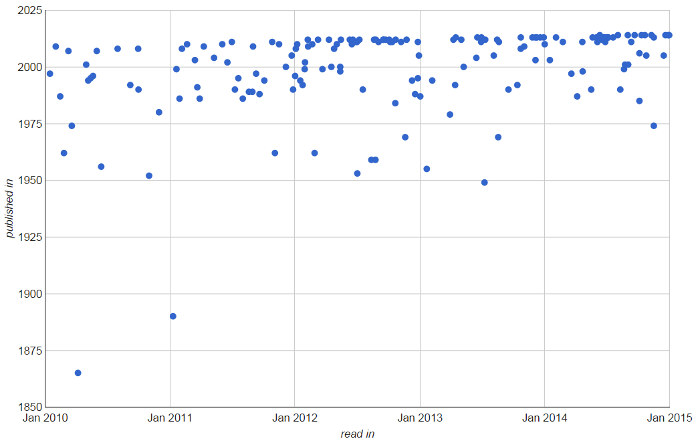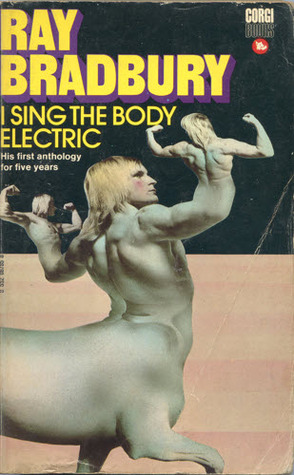Hugo Award Season 2014
It’s that time of year again. The Hugo Award Nomination Period has begun, and of course, all the requisite whining has begun. People whining about Awards Eligibility Posts, people whining about politics, people whining about the people whining about politics. And wonder of wonders, some people are actually talking about books they like, compiling lists of things to check out before nominations close, or coming up with thorough models to predict who will get a nomination this year. How revolutionary. I’ll do my best to focus on same, but I’m sure I’ll be sucked into some controversy or other.
Last year, I was a little gunshy about participating in the nomination process. This was mostly due to the fact that I hadn’t really read a comprehensive selection of 2013 books or stories. It was also before I realized that some people don’t bother reading all the nominees before voting or nominate things for purely ideological reasons. I also realized that I was very nearly one of the two votes that could have put Lauren Beukes’s excellent time travel serial killer novel The Shining Girls on the ballot. This year, I won’t claim to have read particularly deep into the catalog, but I read more than I did last time and there are definitely some stories I would like to nominate. My current nomination ballot, some thoughts on same, and some things I’d like to read before I finalize my ballot are below. Knock yourself out. Comments are still wonky, so if you have any recommendations, feel free to email me at mciocco at gmail or hit me up on twitter @mciocco (or @kaedrinbeer if you’re a lush).
Best Novel:
- A Darkling Sea by James Cambias
- The Martian by Andy Weir *
- A Sword Into Darkness by Thomas A. Mays
All three are kinda longshots. A Darkling Sea has the best chance to make it, as there is at least some minimal buzz surrounding it. A Sword Into Darkness is self-published and not typical Hugo material, but I really enjoyed it (and not for nothing, but there’s a fair chance it would make the Sad Puppies slate, which could improve its chances). The Martian suffers from eligibility issues – it was self published in 2012, then snapped up by a publisher and put into fancy editions and audio books in 2014 (where it has sold extremely well). General consensus seems to be that it will not be eligible, but I think there are a few things going for it. One is that self-published works that get bought up by a real publisher and come out a year or two later have made it onto the ballot before (an example that comes to mind is Scalzi’s Old Man’s War, which was self-published in 2003 or 2004, after which it was promptly bought up by Tor and republished in 2005, garnering a Hugo nomination in 2006). Another is that I’ve heard that version published in 2014 has some differences from the self-published version, but I have not confirmed that (and it’s very possible that this is not true), which might call some things into question. In any case, unless someone official makes a definitive statement about The Martian being ineligible, I plan to include it on my ballot.
Best Novelette?
- Atmosphæra Incognita by Neal Stephenson (from Hieroglyph)
- A Hotel in Antarctica by Geoffrey Landis (from Hieroglyph)
Here’s the thing with short fiction, I think it’s pretty easy to tell the difference between a short story and a novella and a novel, but when you throw novelette into the mix, it becomes much less intuitive. I’m pretty sure the above two stories are long enough to be a Novelette, but I’m not positive. Also, you’ll be seeing a lot of Hieroglyph in the nominations today. Hopefully I’ll be able to pad this out with some other sources of short fiction as time goes on. Also, maybe I’ll find a novella or two!
Best Short Story:
- Periapsis by James L. Cambias (from Hieroglyph)
- Covenant by Elizabeth Bear (from Hieroglyph)
- The Day It All Ended by Charlie Jane Anders (from Hieroglyph)
This is a a pretty good list here, and I’m reasonably certain that at least one will come close (Covenant seems to have some buzz). I will most certainly be checking out additional short stories though, so hopefully I can find some more nominees.
Best Dramatic Presentation, Long Form:
While I don’t claim comprehensive selection in my reading, I’m much closer when it comes to film. Alas, I’m pretty sure my two favorite nominees (Coherence and The One I Love) will not make the cut, and the one I’m most ambivalent about (Interstellar) seems to be a shoe-in. I also wouldn’t be surprised if movies I didn’t care for do well, notably Snowpiercer.
Again, comments are still wonky on here right now, so if you have any recommendations, feel free to email me at mciocco at gmail or hit me up on twitter @mciocco (or @kaedrinbeer if you’re a lush).
I think we’ll leave it there for now and revisit some other categories or perhaps some stuff I want to read next week. Until then, happy nominating.




